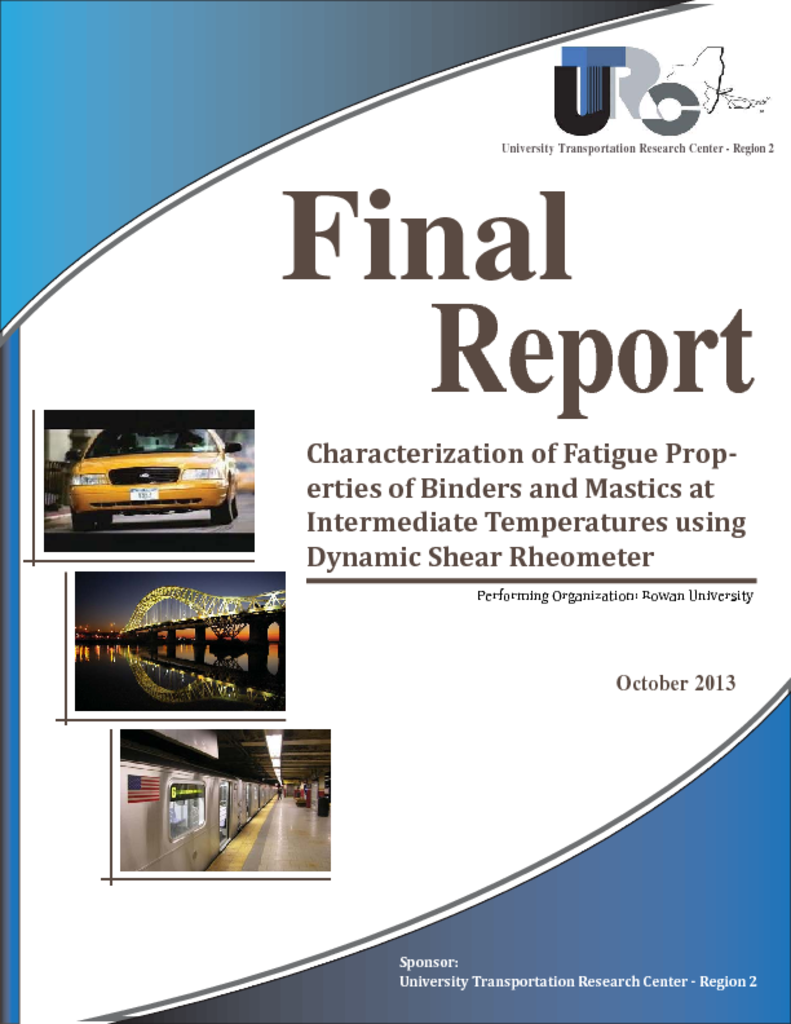The paper compares the fatigue life of neat and modified PAV-aged binders and mastics and determines the influence of dust on fatigue life using the Linear Amplitude Sweep (LAS) method. It will also compare these results with results from the DER and 50% Drop Methods as reported in previous research. The binders used were PG 58-28, PG 64-22, PG 70-22, PG 76-28 and PG 82- 22. The dust content for the mastic binder was 0%, 5%, and 15% dust to binder by mass. Using the fatigue life of the binder with 0% dust as a baseline, a range of temperature (based on the difference between high and low performance grade) of 86 may make the binder susceptible to fatigue however increasing the range to 92-104 may produce an increase in fatigue life for small amounts of dust (5%). Although the PG 82-22 experienced a decrease in fatigue life with the addition of a small amount of dust, the change was very small prospectively (dropping only 0.7%) suggesting that this binder also experiences a slight increase in fatigue life with the addition of 5% dust. It was determined that two types of failure (mode I and mode II) were occurring in the LAS tests and that the results from the DER and 50% Drop tests may have been either of these failure types. This made it difficult to compare the two procedures based on the results. Further studies must be performed to determine what causes the two different failure types (mode I and mode II). Overall, the binders with higher range in PG grade appear to be less sensitive to addition of dust and binder should be appropriately selected if sensitivity to dust is to be minimized.


